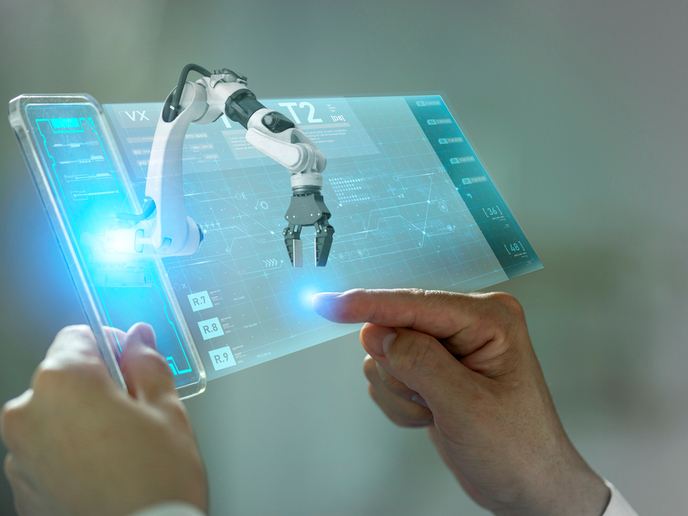AI delivers smart skills and zero-defect manufacturing
“A major advantage is that the proposed architecture we designed is general enough to be applied to very different manufacturing processes, ranging from mass production to batch production,” explains GO0D MAN (aGent Oriented Zero Defect Multi-stage mANufacturing) project coordinator Cristina Cristalli from Loccioni – AEA in Italy. “Robust algorithms, sensors and Multi Agent Systems were built to operate on non-ideal data sets and with different machines, to reflect what life in a real factory is like.” The GO0D MAN architecture and its components were successfully deployed in three industrial case studies: at Volkswagen Autoeuropa, Zannini and Electrolux. Each case study required a degree of customisation and configuration according to their specific processes and objectives. “At Volkswagen Autoeuropa, the systems were running continuously for more than 1 year, collecting and analysing real-time data on the production of more than 140 000 cars,” says Cristalli.
AI in industrial processes
Multi-stage manufacturing is the most common modern production system structure. This involves numerous processes that are run in series, sometimes in parallel, to perform a sequence of operations necessary to produce or assemble a product. This is typical of many sectors, from automotive to appliance manufacturing and from aerospace to consumer electronics. The overall quality of any final product depends on the performance of each of these individual processes. Moreover, the performance of downstream processes can be affected by deviations upstream. Modern manufacturing plants therefore need to be understood not just in terms of individual processes, but also in terms of how these processes relate to each other. “The good news is that modern digitalised factories create a huge amount of real-time data,” says Cristalli. “We can observe process correlations and build up data models to implement innovative control strategies based on artificial intelligence, to prevent defects and maintain overall system performance. However, even if these concepts are being widely discussed at the academic level, there is still a lack of evidence that such an approach can be effectively implemented.” The aim of the EU-funded GO0D MAN project was therefore to move this academic discussion into industrial applications. “From the beginning, we were very clear about end user requirements,” adds Cristalli. “We invested a lot of effort and time in developing technologies that are ready to be generalised and easy to be deployed in the manufacturing environment.”
Smart tools for skilled manufacturing
Another key aspect was the integration of different developed technologies, to deliver the GO0D MAN architecture and methodology as a new approach to quality control. Real-time data collection and defect diagnosis were carried out at every single process level, as well as between processes to gain a better picture of inter-stage correlations. This was achieved through combining process and quality control in a distributed system architecture thanks to Multi-Agent Systems (MAS), which allows for distributing intelligence and data analysis algorithms by a network of distributed intelligent nodes. Several smart inspection tools were also developed during the 3-year project. “Two have led to two patent applications by the Università Politecnica delle Marche,” notes Cristalli. One relates to a smartphone-based portable laser scanner to support operators during the assembly of car bodies. This enhances their measuring capacity and fully integrates them into the production line. “This realises the concept of the man-in-the-loop, which is important to prevent automation negatively impacting on the workforce,” explains Cristalli. The second innovation is about a telecentric vision system for burr detection in turned metal parts. Both systems have met the requirements for industrial implementation.







